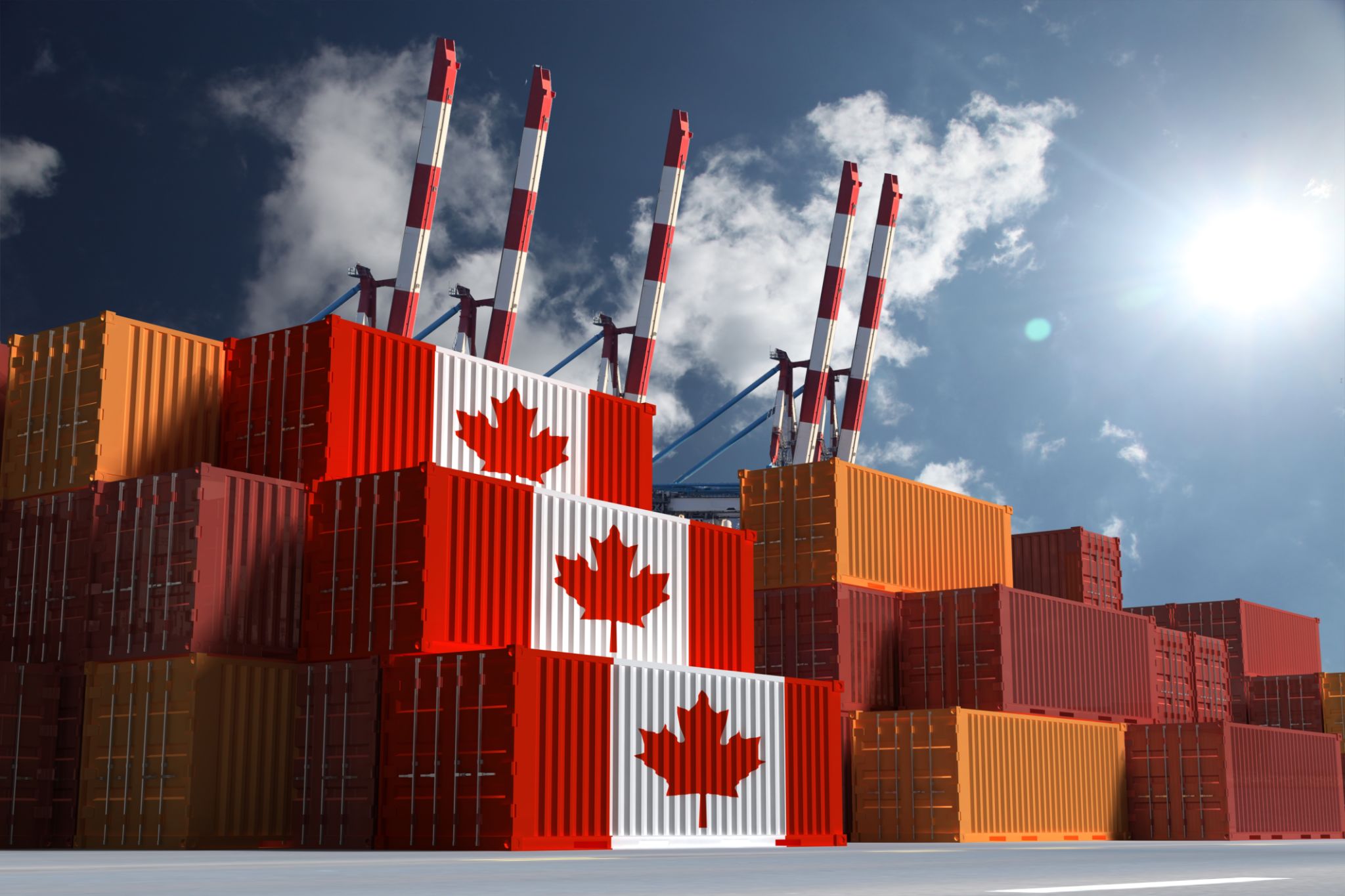Understanding the Beef Export Process: From Ranch to Asian Market
Introduction to Beef Export
The beef export process is a complex journey that involves multiple stages, from the initial ranching operations to reaching international markets. Understanding this process provides insights into how quality beef is delivered to Asian markets, a region known for its growing demand for high-quality meat products.

Ranching: The First Step
The journey begins on ranches where cattle are raised and cared for under specific conditions to ensure optimal health and quality. Ranchers play a crucial role in managing livestock, focusing on nutrition, breeding, and welfare. This foundational stage is vital in setting the standards for the beef that will eventually be exported.
Cattle Breeding and Management
Ranchers must choose the right breed of cattle that suits the climate and conditions of their location. Breeds like Angus and Hereford are popular due to their quality meat. Effective herd management practices, including vaccinations and regular health checks, are essential for maintaining herd health and productivity.
Processing and Packaging
Once cattle reach the appropriate age and weight, they are transported to processing facilities. Here, they undergo a series of steps including slaughtering, butchering, and packaging. These facilities adhere to stringent health and safety regulations to ensure the meat is safe for consumption.

Quality Assurance
Quality assurance is a critical aspect of the processing stage. Facilities implement rigorous testing and inspection procedures to guarantee that the beef meets both local and international standards. These standards cover aspects such as hygiene, texture, flavor, and nutritional content.
Export Logistics
Exporting beef involves a detailed logistical plan to transport the product efficiently and safely from the processing plant to international markets. This includes cold chain logistics, which is crucial for maintaining the freshness and quality of the beef during transit.
Customs and Regulations
Each country has specific regulations regarding meat imports, which exporters must comply with. This includes obtaining necessary certifications and adhering to tariffs and trade agreements. Understanding these regulations is vital for a smooth export process.

Reaching Asian Markets
The final leg of the journey involves distributing the beef within Asian markets. This requires partnerships with local distributors who understand the market dynamics and consumer preferences. Marketing strategies are tailored to highlight the quality and origin of the beef, appealing to Asian consumers who value premium meat products.
Consumer Preferences
Asian consumers often prioritize factors such as marbling, tenderness, and flavor in their beef choices. Exporters must be attentive to these preferences to ensure their products meet consumer expectations. Engaging with local culinary trends can also provide insights into market demands.
Conclusion
The beef export process from ranch to Asian market is a testament to the intricate coordination required across various stages. Each step ensures that only the highest quality beef reaches consumers, fulfilling their growing appetite for premium meat products. By understanding this process, stakeholders can better appreciate the efforts involved in delivering top-notch beef to global markets.
